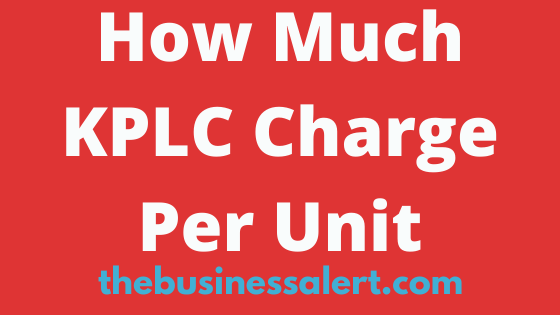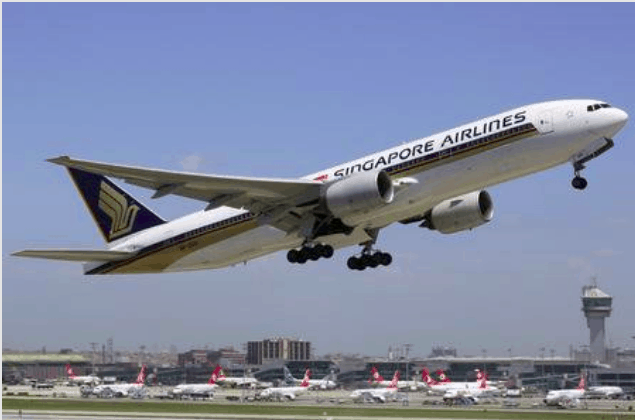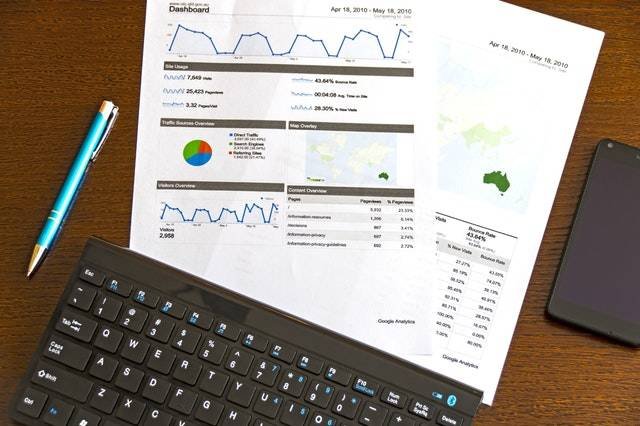If you are searching to understand how much KPLC charge per unit, you’ll find this blog post useful.
Here you’ll learn the factors taken into consideration by Kenya Power when determining how much to charge per unit.
It is important to understand the electricity charges are not static. Several factors affect the price now and then.
When you understand these factors you will understand how much KPLC charges per unit.
The two key factors which determine how much KPLC charge per unit area; the tariff and other surcharges highlighted when you buy a token.
How much KPLC charge per unit
KPLC has categorized its customers under different tariffs, and this determines the number of tokens you get because the prices are different.
Domestic Lifeline
Local consumers whose monthly consumption exceeds 100 units are charged Ksh 10 per kWh in this category.
Domestic Ordinary
If you use more than 100 units per month but less than 15,000 units per month, you will be charged flat energy prices of Ksh 15.8 per kWh.
Small Commercial1
The small consumer 1 tariff is for small businesses that fall into this category and use between 0 and 100 units per month. This type of customer is charged Ksh 10 per kWh for electricity.
Small Commercial2
Lastly, this tariff applies to small businesses whose consumption is more significant than 101 but less than 15000 units per month. The energy rate for this type of consumer gets charged at Ksh 15.6 per kWh.
KPLC surcharges
The following surcharges affect how much KPLC charges per unit, and they are imposed in all tariffs.
FUEL COST CHARGE (FCC)
This is the additional cost or refunds to consumers due to fluctuations in global prices and the amount of oil utilized by power generation.
The fuel cost charge is one month late compared to the actual fuel price. KPLC collects this money and distributes it entirely to energy-producing companies, who then pay fuel suppliers.
FOREX ADJUSTMENT
The foreign exchange factor is based on the volatility of hard currencies versus the Kenya Shilling for expenditures in the power industry, such as project loan repayments.
ERC LEVY
The Energy Regulatory Commission (ERC), the energy sector’s regulatory arm, receives this levy. The price per kilowatt hour is currently set at 3 cents.
REP LEVY
This is a 5% surcharge on the cost of the power units consumed by a customer. It is given to the Rural Electrification Authority (REA) to implement rural electrification initiatives.
VAT
The Kenya Revenue Authority receives this statutory fee, which amounts to 16 percent of the entire cost (KRA).
WARMA levy
Due to the fact, electricity is produced using water; there is a levy paid to the WARMA.
After considering these factors then KPLC comes with a formula to calculate how much to charge per unit. The tariff’s main determiner of how much to charge is because these surcharges are imposed on all tariffs.






